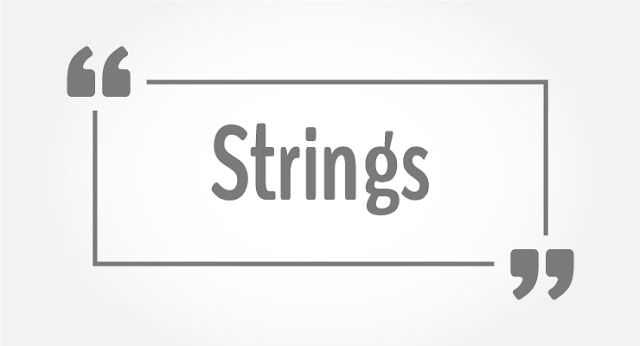Arduino - Strings

Strings are used to store text. They can be used to display text on an LCD or in the Arduino IDE Serial Monitor window. Strings are also useful for storing the user input. For example, the characters that a user types on a keypad connected to the Arduino. Read More: Arduino Info Strings There are two types of strings in Arduino programming − Arrays of characters, which are the same as the strings used in C programming. The Arduino String, which lets us use a string object in a sketch. In this chapter, we will learn Strings, objects and the use of strings in Arduino sketches. By the end of the chapter, you will learn which type of string to use in a sketch. You should also have a look at this list of Arduino Projects . String Character Arrays The first type of string that we will learn is the string that is a series of characters of the type char . In the previous chapter, we learned what an array is; a consecutive series of the same type of variab...

